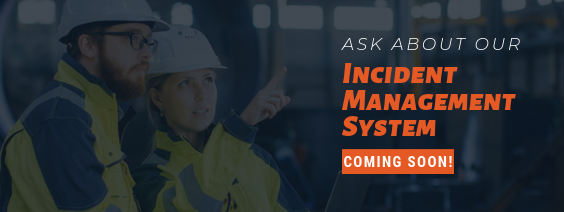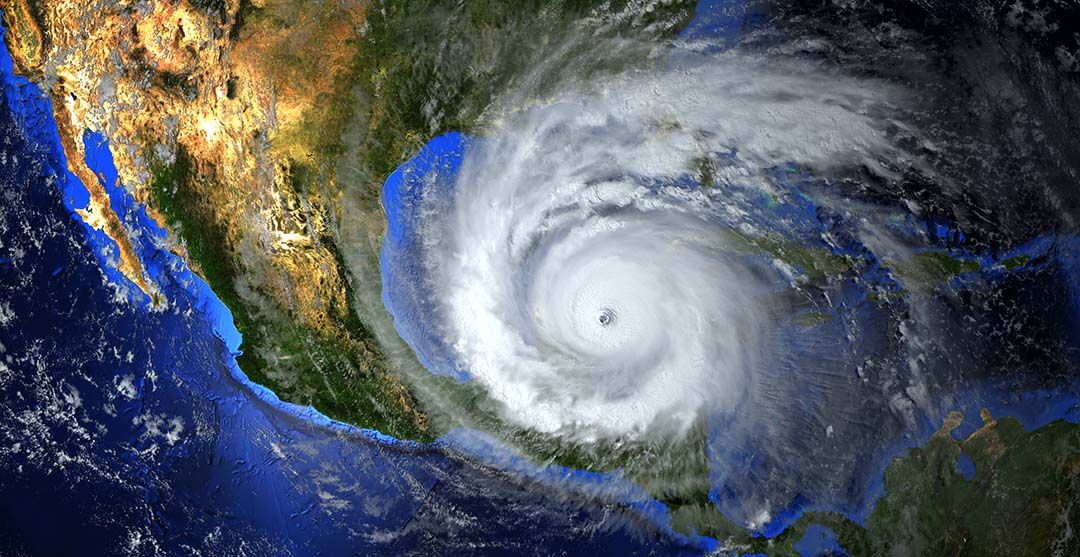Protect and Prepare Your Employees and Business for a Hurricane
Hurricanes can be dangerous, expensive, and even deadly. They can bring torrential rain, flooding, high winds and even tornadoes when they make landfall or move along the coast. They can also uproot trees, bring down power lines, damage or destroy buildings and infrastructure, and cause significant loss of life. The Congressional Budget Office estimates that hurricane activity costs U.S. businesses $9 billion every year. You and your employees should be prepared to with these hurricane safety measures to protect property and operations before one is forecast in your area.
Property Maintenance
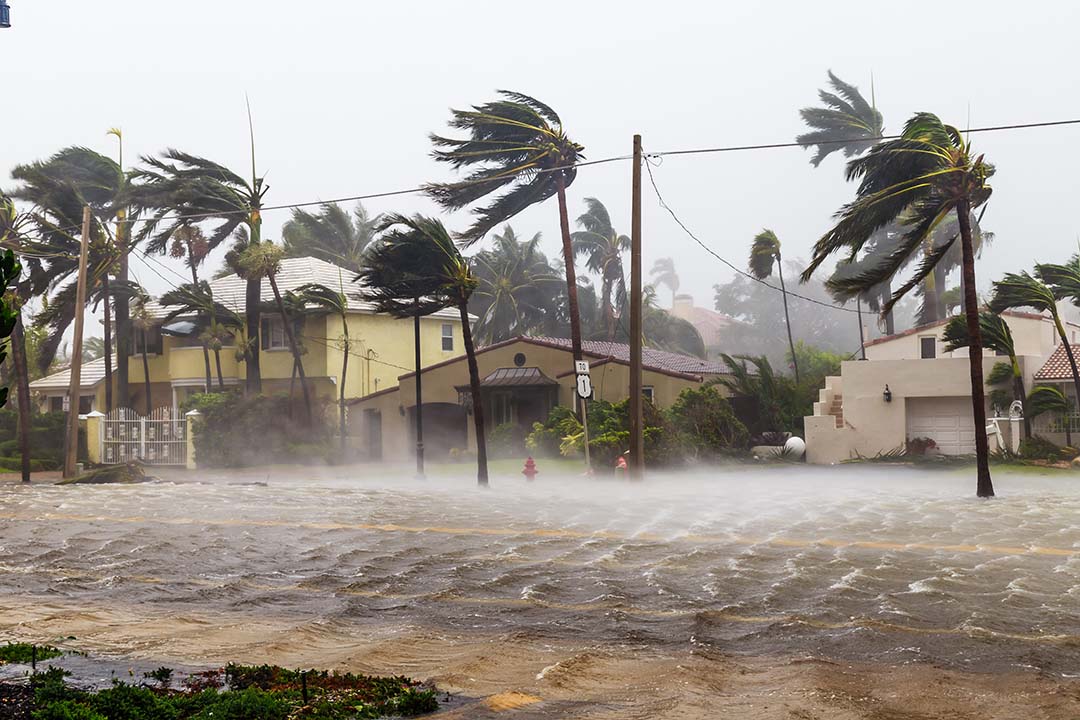
An important hurricane safety measure is keeping your property maintained. Clogged gutters can allow water to build up on your roof, so keep them cleared of leaves and other debris. Fix roof damage or leaks as soon as you notice them. If you need assistance, contact a roofing professional. Flood water can back up through drains, so you should have backflow valves installed in your building’s sewer lines. If hurricanes or tropical storms are common in your area, you should stockpile plywood and sandbags in a dry area of your property and install storm shutters on the windows to help minimize broken glass.
When a Storm is Forecast
Fortunately, meteorologists can track hurricanes and forecast their expected path, giving the public several days to prepare before landfall. As soon as a watch or warning is issued, you should begin preparing for the storm:
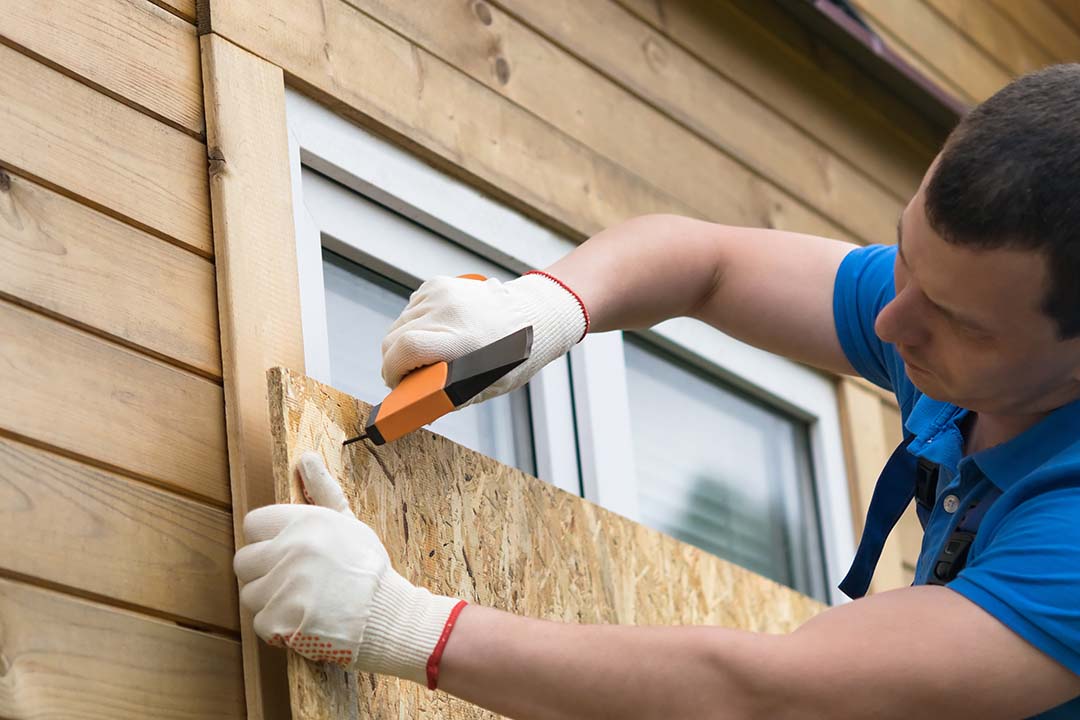
- Move any lightweight objects indoors
- Activate storm shutters if your building has them. If you don’t have storm shutters, attach plywood to the window frames to reduce the chance of broken glass
- Check your smoke and carbon monoxide detectors and install new batteries if necessary
- If your company has vehicles, make sure they’re in good condition, especially if they’ll be used to evacuate or keep the company operating remotely until the storm has passed. Fill gas tanks and any other fluids, check tires and brakes, and make sure there is emergency equipment in every vehicle
- Any vehicles you won’t use during the storm should be kept in garages or under cover, if possible
Communications and Emergency Notifications
Hurricanes and tropical storms can change direction and strength several times before they make landfall. If your area is under a hurricane watch, keep a close eye on all weather reports. You don’t want to move out of the hurricane’s path only to end up back in its path if it changes direction. You can set up wireless emergency alerts on most cell phones, but it’s a good idea to have weather radios available in case your area loses power, cell service and Internet. Your community may also have specific alert systems or may use social media to update residents on weather and safety conditions.
If your company needs to continue operating during the storm for any reason, two-way radios can help you coordinate operations if other communication systems fail. Whatever equipment you use, make sure you have chargers or extra batteries available to keep that equipment running. You might also choose to shift operations to a company facility outside of the storm’s expected impact area, and have all essential personnel stay in contact with that facility.
Evacuation Considerations
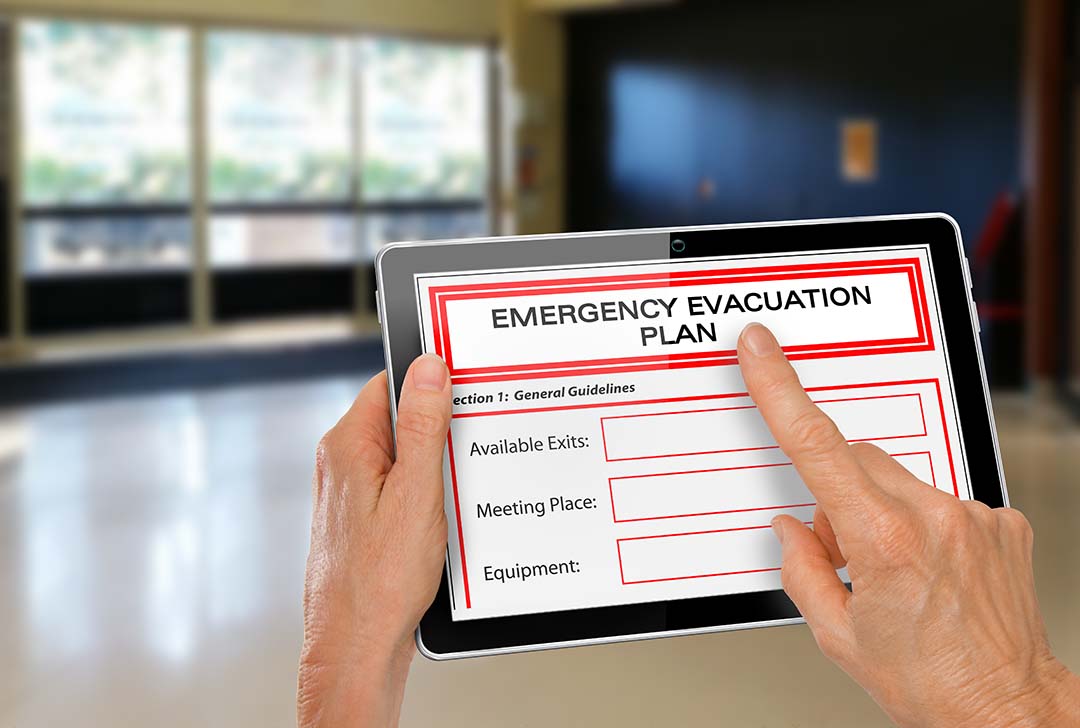
If your area could be directly affected by a hurricane, you and your employees should prepare for a possible mandatory evacuation order. Mandatory evacuation orders don’t force residents to leave, but they let people know that first responders will not be able to reach the area until the storm has passed, and people who remain could risk injury or death if they don’t evacuate. Even if your business is not in a mandatory evacuation zone, your employees’ homes may be in an evacuation zone, so your company’s operations can be affected if employees can’t safely come to work. You can help your employees find a safe place to evacuate to by checking with FEMA or state or local officials for designated shelters in the area. You can also have your employees check in regularly when they can until the storm has passed.
Getting Around After the Storm
Even after local authorities give an “all clear,” emergency responders will be busy saving people and repairing infrastructure, so it may be some time before they can help people who aren’t in immediate danger. It’s important for you and your employees to stay out of flood waters. Even six inches of flowing water can knock you off your feet, and water as low as 12 inches can sweep away vehicles. Debris, damaged bridges and roads, dangerous animals such as snakes and alligators, and other hazards such as toxic chemicals or downed power lines can also hide in flood waters. Downed power lines can still be energized and can shock or even electrocute people who come into contact with them.
Storm Cleanup
Storm cleanup can be a long and potentially dangerous process, so you’ll need to protect yourself while cleaning and repairing your property:
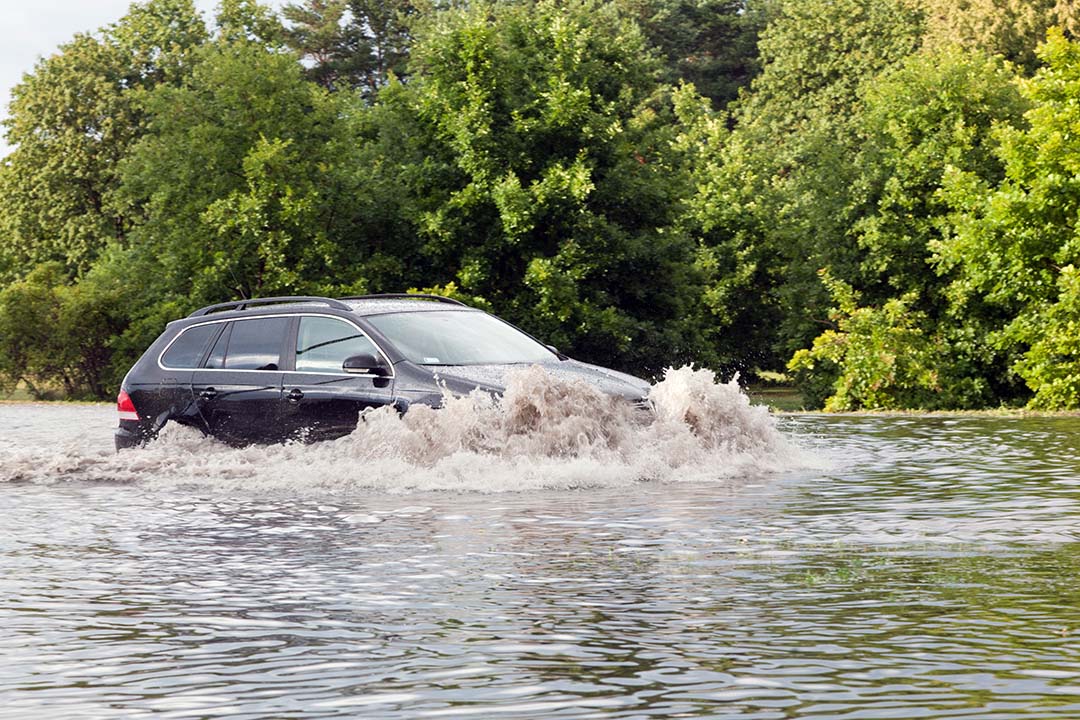
- Check any water, gas and electrical lines when you return to your property, and report damaged or downed lines to utility companies right away
- If you don’t have power, use a flashlight to check for damage. Using candles or other open flames could ignite any gas in the air
- Wear long sleeves, gloves and sturdy boots while cleaning storm damage. You might also need head protection, goggles, rubber boots, and N95 respirators to clean mold, dry rot, or other water damage
- Once flooding recedes, open any windows and doors you can to air out the building. Remove furniture, clothing, carpeting and building materials with apparent mold or water damage. If you can, call professionals to help remediate the building
- Avoid using tap water until you know it is not contaminated
- Finally, wash your hands regularly during storm cleanup to avoid contamination
Conclusion
Hurricanes can be frightening and can cause catastrophic damage anywhere they impact. Taking proper hurricane safety measures now to protect your personnel and property can help you get operations back up and running sooner after the storm.
The U.S. Department of Homeland Security, in conjunction with FEMA and other government agencies, take part in the Ready campaign to help both individuals and organizations prepare for potential disasters that could impact their communities, including hurricanes. SafetySkills also offers a training course to help you inform your employees about how to prepare themselves for a hurricane and help keep themselves safe after the storm and during cleanup.
Discover more SafetySkills courses today!
TRY SAFETYSKILLS FREE FOR 14 DAYS
